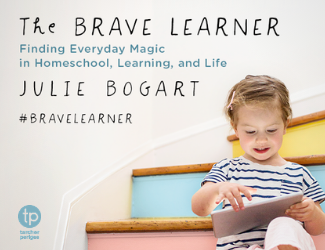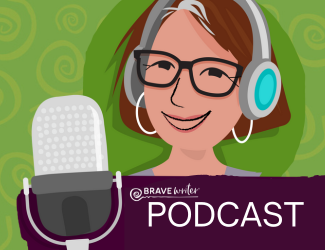
Working Memory and Copywork:
A Conversation with Rita Cevasco
I’m excited to share Rita with you! You will love her. She’s worked for over 25 years with kids who have learning challenges, she homeschooled her own kiddos, and she is a good friend of mine (and Brave Writer’s!).
In this conversation we talk about the power of copywork to enhance the working memory! When our kids become proficient in copywork, they become efficient in handwriting which frees space for original thought in writing.
Rita walks us through a variety of practices and the brain science that validates a rich life of copywork and reading!
Grab 5 Tips by Rita in this FREE Working Memory and Copywork download
then watch our conversation below!





















